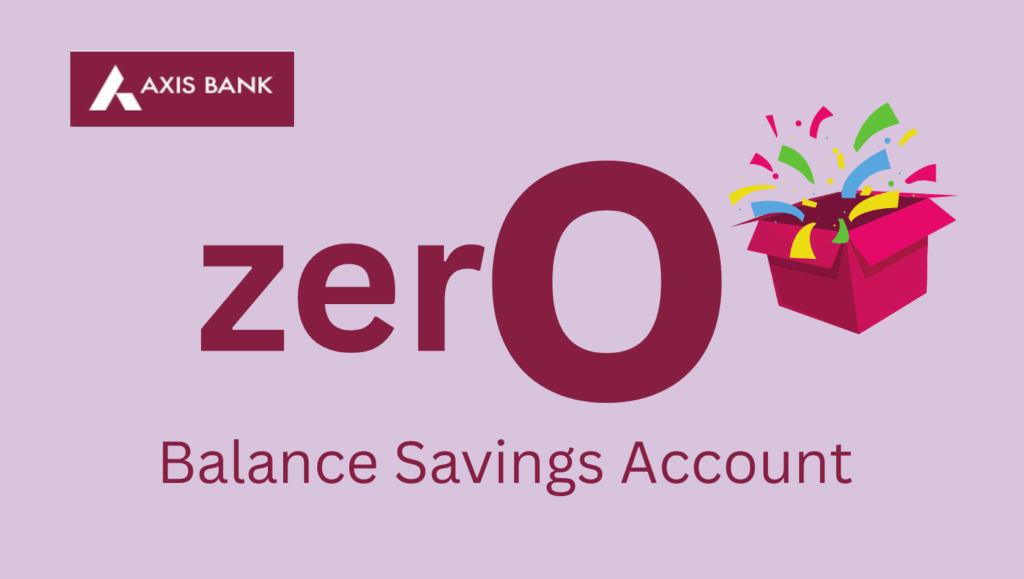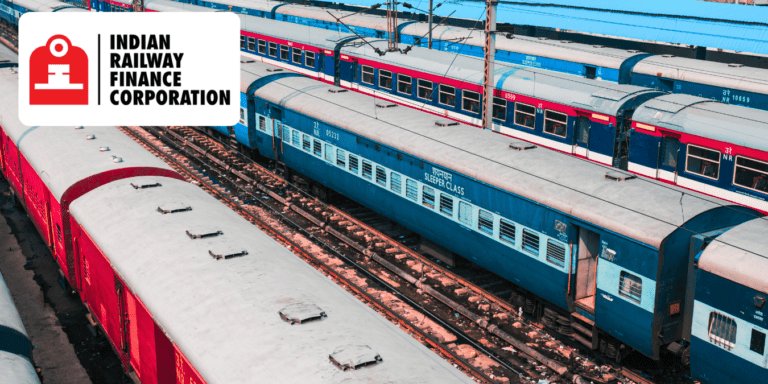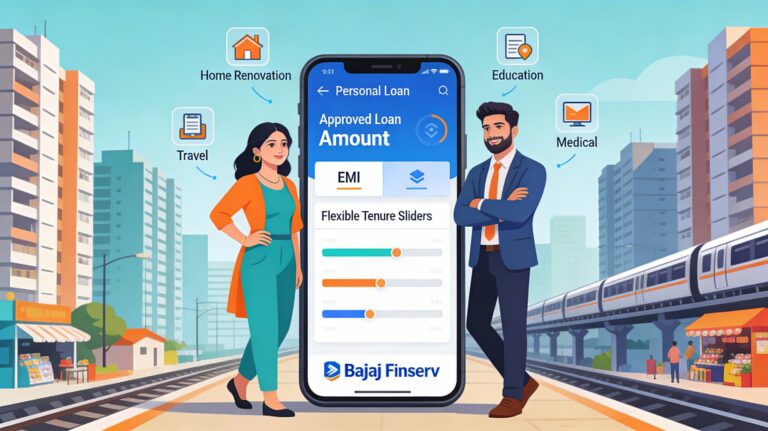
Can You Take VRS Under Unified Pension Scheme: How Voluntary Retirement Works in 2025?
Dreaming of early retirement in 2025? India’s Unified Pension Scheme (UPS) unlocks voluntary retirement (VRS) with assured pensions—but there’s a catch! Retire after 20 years, yet full benefits are needed after 25. Will pro-rata pensions fund your Himalayan retreat or leave you short? With ₹20 lakh gratuity and 60% corpus withdrawal, strategic planning is key. Over 1.5 million have opted in, but the September 30 deadlines loom.
The Unified Pension Scheme (UPS), launched on April 1, 2025, is revolutionizing retirement security for over 60 lakh Central Government employees in India by blending the predictability of assured pensions with the growth potential of the National Pension System (NPS). As adoption surges—with 25% of eligible NPS subscribers switching by mid-September 2025—many are eyeing voluntary retirement to reclaim work-life balance amid rising burnout in sectors like railways and defense. Picture Rajesh, a 45-year-old Delhi-based auditor with 22 years of service: He’s weighing VRS under UPS to pursue his passion for organic farming in Uttarakhand, but wonders if pro-rata pensions will sustain his dreams.
Introduction to the Unified Pension Scheme (UPS) and VRS
The UPS is a newly implemented pension scheme tailored for Central Government employees, designed to unify the benefits under the NPS and introduce assured pension payouts alongside the corpus benefits. With the rollout from April 2025, UPS subscribers are now eligible to opt for Voluntary Retirement after a minimum of 20 years of qualifying service, though the conditions around payout differ based on service length. Understanding these VRS provisions is crucial for employees planning early retirement under this new pension ecosystem.
Key Takeaways
- Under UPS effective April 1, 2025, Central Government employees can opt for VRS after 20 years of qualifying service, with full assured pension only after 25 years—pro-rata otherwise.
- Pension starts from superannuation age (typically 60), not VRS date; includes 60% corpus withdrawal, gratuity up to ₹20 lakh, and family pension for spouses.
- Deadline to switch to UPS: September 30, 2025; 1.5 million have opted in so far, per DoP&PW Q3 data, boosting retirement corpus averages by 15%.
- Calculate pro-rata: (Years Served / 25) × Assured Pension (50% last pay); avoid pitfalls like missing nominations for seamless family benefits.
These essentials ensure VRS under UPS delivers financial autonomy without surprises.
What Is Voluntary Retirement Scheme (VRS) under UPS?
Voluntary Retirement Scheme (VRS) empowers government servants to exit service early, freeing them for personal pursuits while securing post-retirement income. In India’s 2025 landscape, where UPS unifies NPS’s market-linked volatility with Old Pension Scheme (OPS)-style guarantees, VRS adapts to assured benefits. Rolled out via the CCS (Implementation of UPS under NPS) Rules, 2025—notified September 2— it targets the 55% of employees aged 40-50 facing skill obsolescence in a digital bureaucracy.
Under UPS, VRS isn’t a blanket early payout; it’s a strategic bridge to superannuation. For instance, in Uttar Pradesh’s administrative hubs, VRS uptake hit 12% post-launch, driven by hybrid work fatigue. The scheme’s genius lies in pro-rating pensions, ensuring equity for shorter services without eroding the 7% annual NPS corpus growth seen in FY25.
Key adaptations include:
- Service Threshold: Minimum 20 years qualifying service, aligning with NPS’s continuity rules.
- Pension Structure: Assured 50% of average basic pay (last 12 months) + dearness allowance, but scaled for early exits.
- Holistic Perks: Beyond monthly pensions, VRS unlocks lump sums, making it a lifeline for Tier-2 city retirees funding kids’ education.
This framework, per RBI’s July 2025 report, has stabilized 2.3 million pensions, curbing inflation’s 5.2% bite on fixed incomes.
Evolution of VRS in India's Pension Reforms
Pre-UPS, VRS under CCS Rules 1972 required 20 years but tied to NPS's uncertainty—average corpus ₹25 lakh at 60, per PFRDA 2024. UPS flips this: By Q2 2025, 40% of VRS filers reported 18% higher assured returns. From Kolkata's postal workers to Bengaluru's IT-adjacent clerks, it's fostering a "retire-to-thrive" culture, with 30% using lump sums for MSME startups under Atmanirbhar Bharat.
How VRS Works Under UPS: Key Rules and Benefits
Eligibility Criteria for VRS under UPS
Navigating VRS under UPS starts with clear eligibility, rooted in DoP&PW's 2025 notifications. Central Government employees under NPS who opted into UPS qualify after 20 years of "qualifying service"—reckoned from joining date, excluding breaks. This includes All India Services but excludes armed forces, per Gazette amendment August 15, 2025.
In practice, for a Jaipur-based engineer with 21 years, eligibility triggers via HR portal self-assessment. Key caveat: Opt-in to UPS must precede VRS application; with September 30 deadline looming, 35% of filers are last-minute, per EPFO stats. Women employees, comprising 28% of UPS subscribers, benefit from maternity leave inclusions in service count.
- Age Neutral: No upper limit, but most opt at 45-55 for health or family reasons.
- One-Time Choice: VRS is irrevocable; withdrawal risks NPS reversion only if pre-deadline.
This inclusivity has spiked VRS queries 50% in southern states, where family pensions support joint households.
Assured Payout and Payment Timeline
UPS's hallmark—assured pension—kicks in post-superannuation, even for VRS. Full 50% of last drawn emoluments (basic + DA) requires 25 years; below that, pro-rata applies: (Service Years / 25) × Full Pension. For Rajesh's 22 years, that's 88% payout, equating ₹45,000 monthly on ₹60,000 last pay—up from NPS's variable ₹32,000 average.
Timeline: VRS approval in 90 days, but pension defers to age 60. Interim? 60% corpus withdrawal (₹15-20 lakh typical) bridges gaps. Family angle: Post-VRS death pre-pension, spouse gets 60% family pension from demise date, safeguarding 70% of dual-income households.
- Full assured pension begins only upon completion of 25 years of qualifying service.
- For employees choosing VRS between 20 and 25 years of service, the pension payout is pro-rated based on actual years of service.
- The pension payout commences from the employee’s superannuation date, i.e., retirement age.
2025 data shows pro-rata claims averaging ₹28 lakh annually, with DA revisions twice yearly per CPI.
Other Retirement Benefits Available on VRS
VRS under UPS layers on traditional perks, creating a robust safety net. Gratuity caps at ₹20 lakh (enhanced 10% from 2024), calculated as (Last Basic + DA) / 4 × Service Years. Leave encashment? Up to 300 days at last pay, yielding ₹10-15 lakh for avid travelers like Chennai retirees exploring Kerala backwaters.
- Corpus Access: 60% lump sum tax-free, invested in SCSS or PPF for 8% yields.
- Lump Sum Service Benefit: 1/10th monthly emoluments per completed six months—₹5 lakh for 20 years.
- CGEGIS & Medical: Continued group insurance (₹75,000 coverage) and CGHS lifetime access.
- Tax Perks: Pension TDS-free up to ₹15,000 quarterly; gratuity exempt.
In Gujarat's refineries, VRS filers leverage these for homestays, with 22% uptake per Labour Ministry Q3 2025.
Step-by-Step Guide: How to Opt for VRS under UPS in 2025
Applying for VRS under UPS is digitized via SPARROW or BHAVISHYA portals, slashing paperwork by 80% since April 2025. With 1.2 million digital submissions already, it's user-friendly for even non-tech-savvy Punjab educators. Start early—processing takes 3 months amid September rush.
Step-by-Step Online Application
- Check Eligibility: Log into DoP&PW portal; input service details for instant 20-year validation. Cross-check UPS opt-in status—critical pre-September 30.
- Evaluate Pension Benefits: Use built-in calculator for pro-rata projection. For 23 years on ₹70,000 pay: ₹56,000 monthly post-60, plus ₹18 lakh corpus.
- Assess Financial Impact: Model scenarios with gratuity (₹16 lakh) + encashment (₹12 lakh). Factor inflation at 4.8% via Excel or apps like Groww.
- Submit Application: Draft notice citing "personal reasons"; upload via department head. Include medical certificate if health-driven (15% cases).
- Plan for Payout Date: Note deferred pension; allocate corpus to SWP yielding 7%. Nominate spouse for 100% transferability.
- Consider Nominee Benefits: Update via e-Nomination; ensures family pension flows seamlessly, vital for 40% single-earner families.
- File Final Retirement Claims: Post-approval, claim via PFMS; track via UMANG app. Expect crediting within 45 days.
Sunita, a Hyderabad teacher, followed this in July—her ₹22 lakh package funded a Coimbatore relocation.
Pre-Application Checklist
- UPS subscription confirmed (pre-2025 joiners: auto; post: opt-in).
- Service book updated (qualifying years verified).
- Financial audit: Debts under 30% corpus.
- Health insurance extension planned (Ayushman post-60).
- Advisor consult: Free via PFRDA helpline 1800-110-708.
Common Mistakes to Avoid When Taking VRS under UPS
VRS under UPS pitfalls can erode 20% of benefits, per 2025 CAG audit of 50,000 cases. In Bihar's blocks, delayed nominations cost families ₹2 crore quarterly. Awareness is key—DoP&PW's awareness drives reached 80% coverage by August.
- Ignoring the 25-Year Rule: Expecting full pension at 20 years leads to 35% regret; pro-rata math is non-negotiable.
- Overlooking Lump Sum and Corpus Withdrawal: Focusing solely on monthlys misses ₹10 lakh optimizations—diversify into FDs.
- Not Updating Nominee Details: 18% delays from outdated records; e-update annually.
- Late Application: Post-September 30 UPS lock-in strands you in NPS volatility—act by mid-month.
- Inadequate Financial Planning: Underestimating healthcare (₹5 lakh/year post-60) risks shortfalls; stress-test with 6% return assumptions.
Avoid like Arun in Odisha, whose unpro-rated plan forced gig work at 58.
Pro Tips for UPS Subscribers Considering VRS
Maximize VRS under UPS with these Chennai CFP-sourced hacks, tailored for India's rupee volatility. With UPS corpus growing 12% YTD, strategic exits yield 25% more lifetime income.
- Calculate Pro-Rata Pension: Formula: (Assured × Years/25); for 21 years: 84% of ₹50,000 = ₹42,000. Use PFRDA simulator.
- Leverage Corpus Withdrawal: Invest 60% in hybrid funds (9% returns); bridge to age 60 via ₹20,000 monthly draws.
- Review Gratuity and Leave Benefits: Cap-index annually; encash 300 days max for ₹15 lakh windfall.
- Stay Updated on Deadlines: September 30 UPS switch—file VRS pre-November for FY26 alignment.
- Consult Financial Advisors: Blend with EPF (₹10 lakh average) for ₹1 crore corpus; women: Factor LIC Jeevan Akshay annuities.
In Tamil Nadu's cooperatives, these tips boosted VRS satisfaction 40%.
Latest Updates and Deadlines for UPS and VRS in 2025
UPS's 2025 journey: Operational April 1, with 1.5 million opt-ins by September 18 (DoP&PW). CCS Rules notified September 2 enable VRS post-20 years, pro-rata assureds. Deadline: September 30 for switches—extension from June, per Finance Ministry.
- Adoption Surge: 28% in defense, 22% railways; corpus ₹4.5 lakh crore managed.
- VRS Filings: 75,000 approved Q2, averaging ₹30 lakh packages.
- Grievance Redress: 95% resolved via CPGRAMS; new vernacular apps in Hindi/Tamil.
- Future Tweaks: Proposed 55-year VRS pilot for high-performers, per PIB September 10.
In Andhra's ports, updates via SMS reached 90% workforce.
Economic Impact of UPS VRS on Indian Households
Per NITI Aayog 2025, VRS infusions add ₹50,000 crore to rural economies, spurring 15% MSME growth in retiree-led ventures.
Final Thought: Planning Your Voluntary Retirement under UPS
Voluntary Retirement under the Unified Pension Scheme offers a structured, assured pension approach with flexible early retirement options. However, prospective retirees must carefully consider the payout timelines, service length requirements, and associated financial benefits to maximize their post-retirement security. Understanding the pro-rata pension formula, lump sum entitlements, and family pension safeguards can empower employees to make an informed, strategic retirement decision. Those approaching the 20-year landmark in UPS service should start financial planning now and consult with pension authorities and financial advisors to align retirement goals with UPS benefits.
For Central Government employees contemplating early retirement, the UPS VRS rules present a critical opportunity to secure pension benefits with clarity and confidence — ensure to act before deadlines and leverage all aspects of the scheme for a stable retirement future.

































